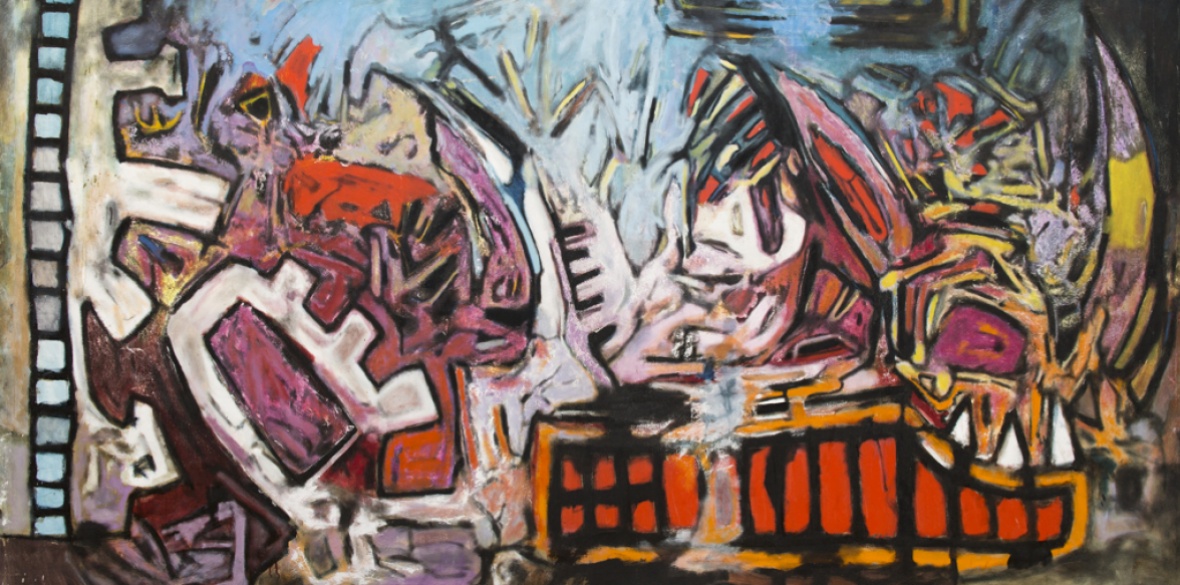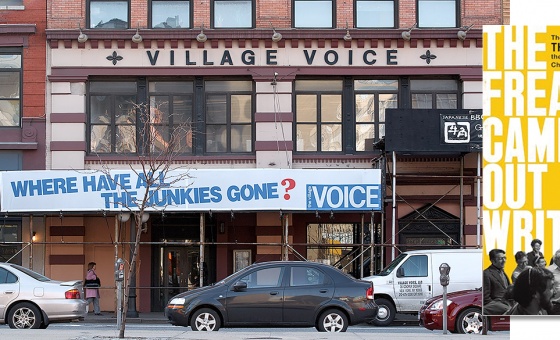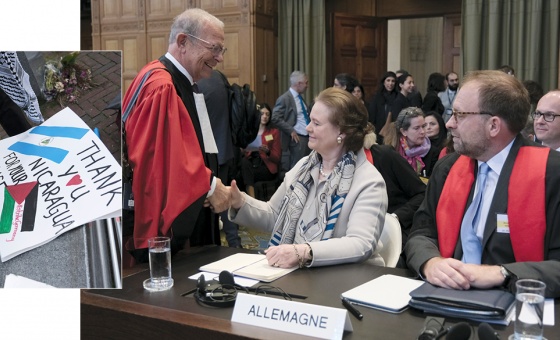This is the last article you can read this month
You can read more article this month
You can read more articles this month
Sorry your limit is up for this month
Reset on:
Please help support the Morning Star by subscribing here
WHEN Aubrey Williams (1926-1990) arrived in London in 1952 to further his art education, he immersed himself in the contemporary Western art that he had only seen in reproduction in his native Guyana.
By the mid-1950s, like so many others, he fell under the spell of American abstract expressionism, then being promoted covertly by the CIA as the freest and most “advanced” form of expression. But a lifelong refusal to be aesthetically boxed in prompted him to also continue painting figuratively and sometimes to blur the boundaries between the two.
The paintings on show in the exhibition’s first room at London’s October Gallery, predominantly abstract, are not easy on the eye. Nor are they intended to be. They impart feelings of anger and of imminent chaos with a powerful energy contradicted by a seductive vitality and inventiveness of form and colour. A terrible beauty is born.
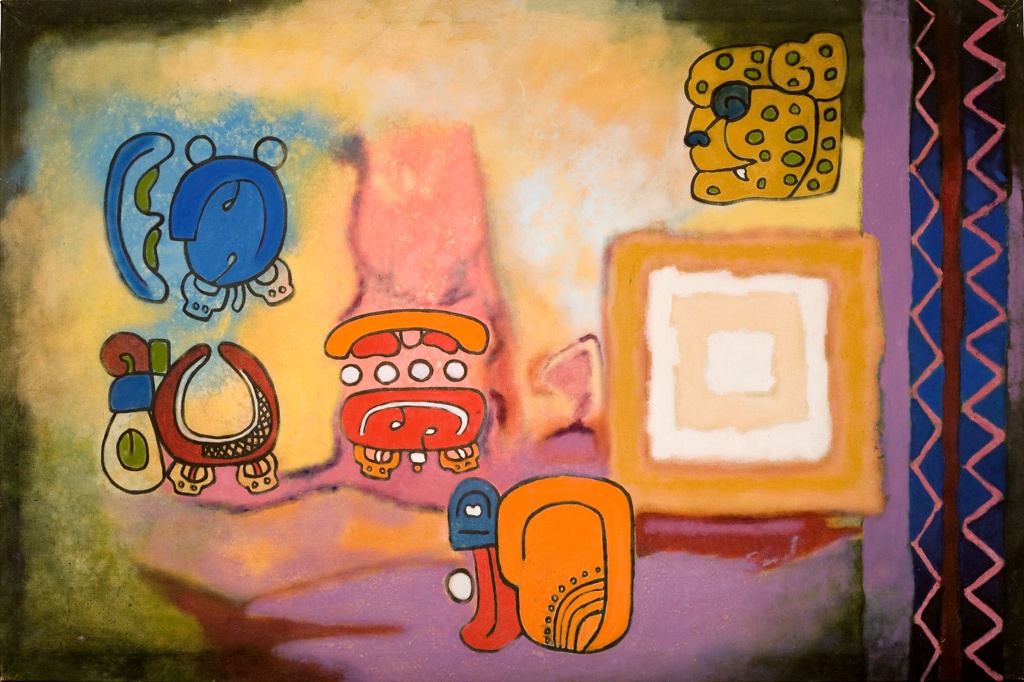
Symphony No 5, Opus 47 ( Shostakovich series) of 1981 is the largest. Unhampered by their need to describe the visible world, awkwardly distorted geometric forms crash blindly into each other, emitting shattered shards in a cacophony of hotly coloured shapes outlined by dark lines. At the centre, an explosion of blindingly light splinters rise from a furnace of reds and yellows towards calmer air, while a more disciplined oblong — suggestive of a picture frame — hints at domesticity. The painting can almost be heard as well as seen.
Titles offer a guide to interpretations and Williams acknowledged an affinity with Dimitri Shostakovich’s music. But he stressed that his preoccupation with pre-Columbian culture lay at the core of all his art. Descended from African slaves in a British Latin American colony, Williams refused to be typecast by a single aspect of his complex identity and acknowledged the psychological fracturing but also the cultural richness of this heritage.
Born to a postman and his wife, Williams’s early interest in drawing was encouraged by a Mr Burrowes, a local tailor and amateur painter. He founded the Working People’s Art Group in the 1930s to bring art to villagers with no prior knowledge of “art” as a professional activity.
At the age of 15, Williams trained as an agronomist. But he was soon cast as a trouble-maker by the colonial authorities for his defence of the sugar cane farmers’ rights rather than those of the landowners and he was banished to the jungle to work among the Warrau tribe for two years.
Although long converted to Christianity, these indigenous people still practised pre-Columbian rituals in secret to avoid punishment by Catholic priests. Contact with their culture was Williams’s fundamental formative experience as an artist.
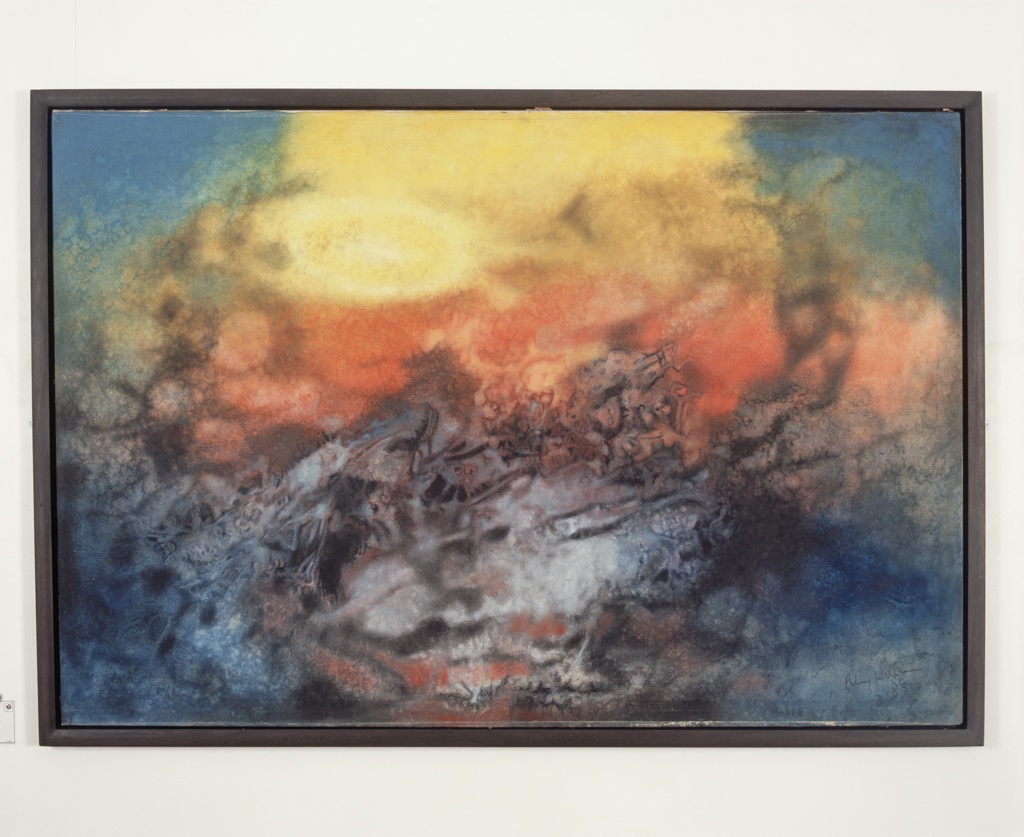
The Warrau’s ritualistic use of the elements of water, fire and earth is evident in many of Williams’s paintings. Time and the Elements (Olmec Maya Series) appears abstract but the ominous dark greys, blues and purples at the bottom half of the canvas bubble and swirl below vivid clouds of yellows, creams and reds evoking, though not describing, molten lava, fire or, worse still, a nuclear conflagration.
Yet the sense of foreboding is contradicted by the joyous warm colours, the delicacy with which the paint is laid and scumbled on the canvas and by the intricate tracery which it forms.
The works in the second room have more figurative references to Williams’s pre-Columbian culture to whose heritage he felt closer than to his African or British one. In Codex II, symbols based on ancient Mayan manuscripts coexist with European abstraction’s geometric shapes and patterns as they float against a background of fiery reds and yellows.
Night and the Olmec features a Mayan profile head looming eerily from a smoky dark background over a realistically depicted but mysterious Olmec head. These were carved from massive boulders and transported over vast distances during Latin America’s earliest civilisation.
Williams was struck by the parallels between Mayan civilisation and our own. Their extinction was due to their inability to reconcile their advanced technologies with social realities, while our own technological advances threaten ecological or nuclear annihilation of our own making.
Yet most of us are unlikely to know the meanings of Williams’s figurative paintings without researching his life, beliefs and intentions so, at first sight, their meanings are opaque. Paradoxically, his abstract paintings elicit such visceral feelings of dread, unease and menacing disaster that they communicate his ideas more directly.
Williams was largely ignored, after an initial critical success as an abstract painter in late 1950s London. He became aware of his outsider status as “a little black boy from the colonies,” born of the tokenism practised by the racist British cultural establishment. He gained professional sustenance as an active member of the Caribbean Artists Movement but was never fully integrated into the British art establishment.
Full marks to the October Gallery for exhibiting the complex, erudite and sophisticated works of this serious artist.
Ends October 27, opening times: octobergallery.co.uk

